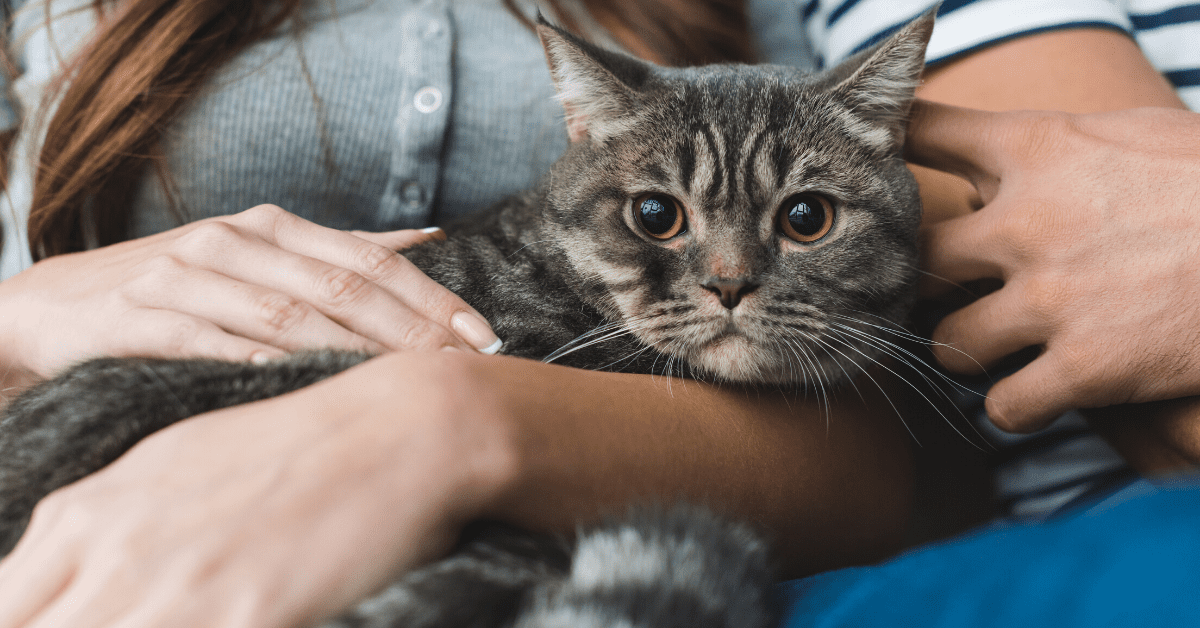
How to Treat Feline Acne Once and Fur All
If you thought that skin issues were only a human problem, think again! Our feline family members can also be affected by a variety of skin conditions, including cat acne and blackheads.
Here’s the dirt on how to recognize and treat feline acne, how to know when at-home treatment isn’t enough, and how routine feline facial care can help you treat many other common issues and keep your cat’s skin healthy.
Signs and Symptoms of Feline Acne
There are a several tell-tale signs of cat acne. They include:
- Dirty appearance of the chinSwelling and/or inflammation of the chin and lipsBlackheads on the chinHard, crusty lesionsHair loss around the infected area
Both males and females can get cat acne. It can be painful, so treating it effectively is important to your cat’s health, comfort, and well-being.
What Causes Feline Acne?
Cat acne has several causes. It may stem from issues with a cat’s hair follicles. Excessive oil production can lead to lesions and bumps, usually on your cat’s chin or lips.
Allergies, flea bites, or other irritations can also bring on an attack of acne. A cat who is suffering from itchy skin due to allergies may look for relief by rubbing her face and chin. This can damage the skin and hair and lead to acne.
Plastic food and water dishes are another potential cause of skin issues. If they are scratched, the rough surface could irritate sensitive skin. Plastic can also be home to lots of nasty acne-causing bacteria.
Pin Me!

What Not to Do if Your Cat Has Allergies
If you discover blackheads, whiteheads, or little red bumps on your kitty’s face, don’t panic. Chances are, your cat doesn’t even notice them. Although it’s worth mentioning to your veterinarian the next time you visit, many cases of feline acne are mild and have absolutely no impact on a cat’s quality of life.
If you decide to treat your cat’s acne at home, remember that you can’t use the same approach as you would with a human breakout.
As tempting as it might be to get in there and start squeezing kitty’s pimples, you need to resist the urge to pop them. Rather than helping your cat’s skin heal, this could actually cause pain and irritation and could also spread the acne to new areas.
It’s also important not to use any cleanser that contains alcohol or peroxide, since these can be irritating to sensitive kitty skin. And even if you have an acne treatment that works wonders on your teenager’s skin, never use it on your cat. Human acne medications can be harmful to animals.
How to Treat Your Cat’s Acne
Treatment for cat acne is usually pretty simple. To start with, if you are using plastic dishes, try switching to metal or ceramic ones.
In addition, if your cat will tolerate it, warm compresses can reduce swelling and irritation.
Keeping acne-prone areas clean is key to both treating and preventing breakouts. My favorite product line for at-home pet coat and skin care, Vetericyn, offers the purr-fect solution for many common feline facial issues, including acne.
I’ve been using Vetericyn products for a while for my pets, and everything I’ve used has had amazing results! If you’re a cat parent, Vetericyn’s Feline Antimicrobial Facial Therapy would make a great addition to your pet medicine cabinet.
Since cat acne may require lifelong treatment to keep it under control, it’s important to use something that will make the process as easy and pain-free as possible, both for your cat and for you. I love Vetericyn products because, while they’re great for cleaning, soothing, and preventing infection, they won’t sting or burn, so your cat won’t run behind the nearest piece of furniture when he sees you coming with the cotton balls.
Another thing that makes Feline Antimicrobial Facial Therapy such a great product is that it doesn’t contain any alcohol, steroids or antibiotics. It’s also non-toxic, which is super important when you’re treating anywhere that your kitty could potentially lick when you’re done. And, since it’s safe for kitties in any stage of life, you can feel confident whether you’re treating a youngster or a senior cat.
Of course, if your cat’s skin doesn’t clear up with at-home treatment or if you notice swelling, tenderness, or hair loss, make sure to schedule a visit with your veterinarian to spare him from unnecessary pain and rule out any other medical issues.
Complete Skincare for Healthy Cats
Acne isn’t the only skin problem that can affect our cats. Feline Antimicrobial Facial Therapy can be used to treat many common issues around a cat’s face, eyes, ears, nose, mouth, and chin. Here are some tips to complete feline facial health.
- Clean their eyes and ears. Daily cleaning can prevent tear staining, It can also flush irritants, discharge, and debris that could lead to discomfort down the road.
- Keep on top of allergies. Allergies can be seasonal, and they can also be caused by other factors, such as bites from fleas or mites. Either way, they can cause some serious itching! Use Feline Antimicrobial Facial Therapy to soothe allergy symptoms in your cat’s eyes, ears, and chin.
- Take care of wounds. Most cats get an occasional cut or scrape, especially if they have a friend that they like to tussle with. Treating wounds with Feline Antimicrobial Facial Therapy can help them to heal more quickly and can also prevent infection.
- Don’t forget oral hygiene. Feline Antimicrobial Facial Therapy would make a great addition to your cat’s dental routine. Use it to rinse kitty’s teeth and gums and to treat minor mouth sores.
A simple skincare routine with the right product can keep your cat looking and feeling great in her skin.
This is a sponsored post. However, all opinions and anecdotes are my own, and I never promote any products or brands I don’t believe in. ~Petfully yours, Kristen


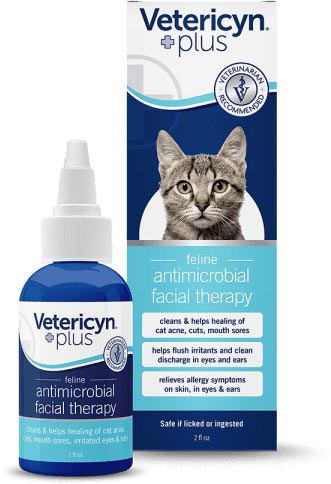
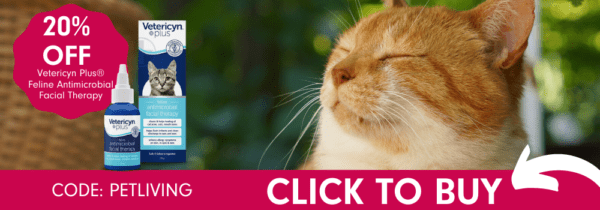
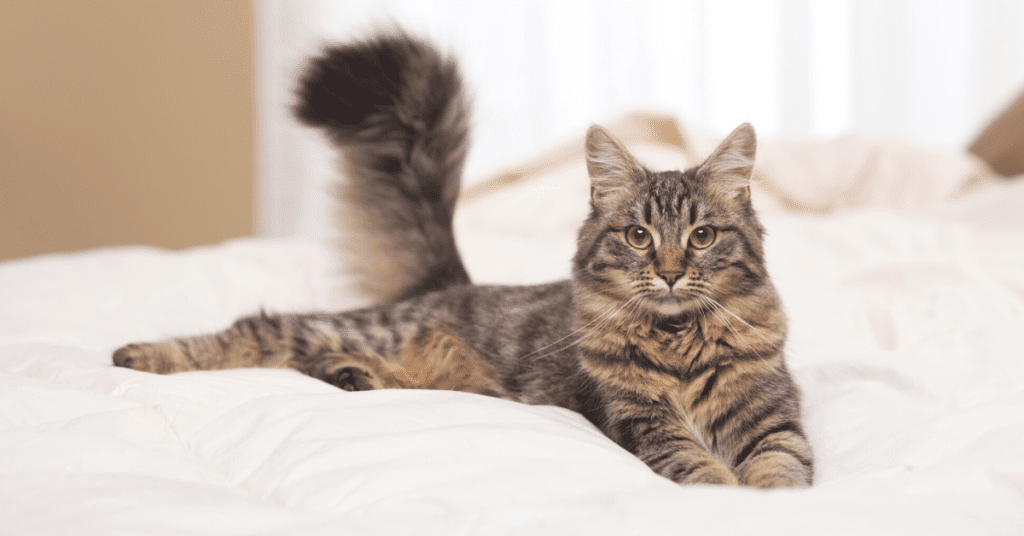

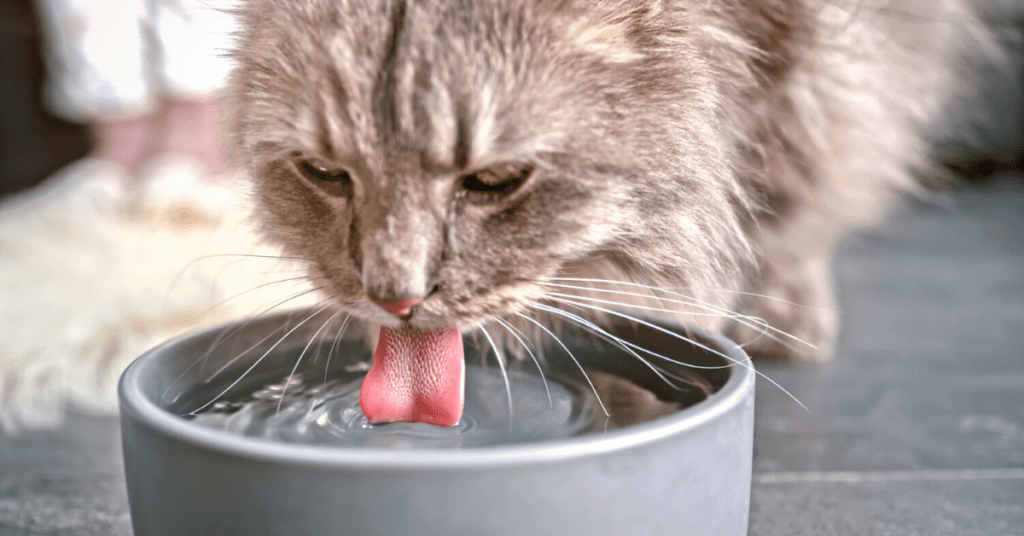
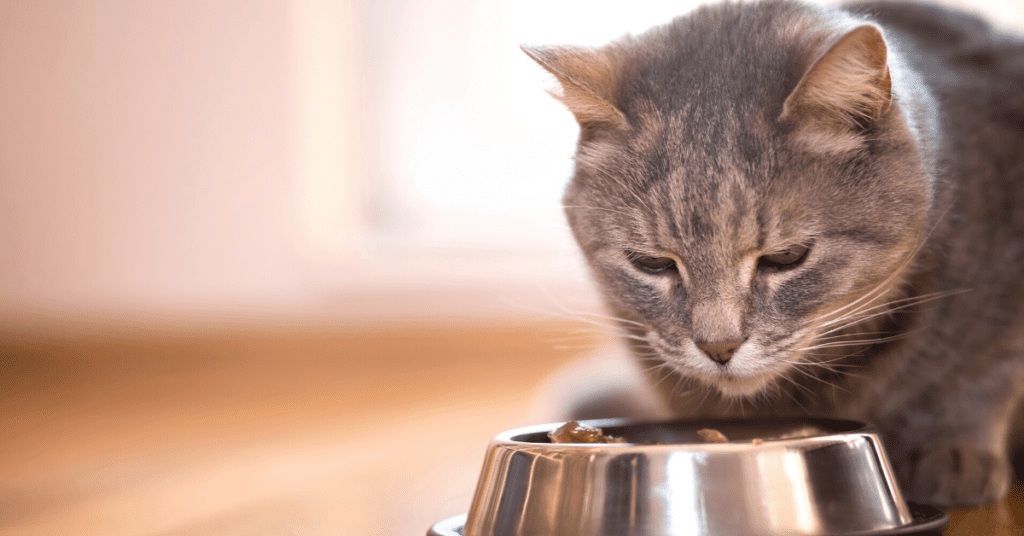
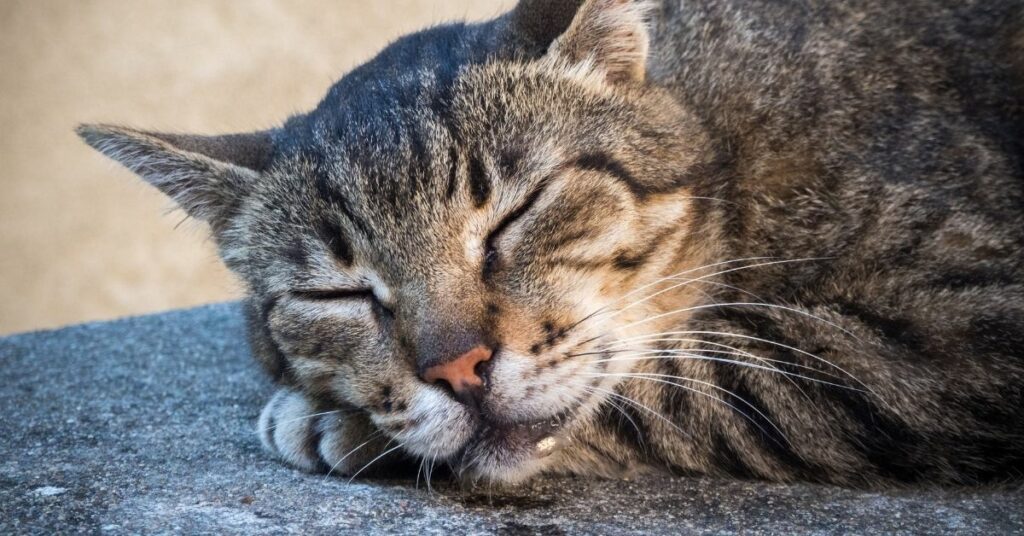
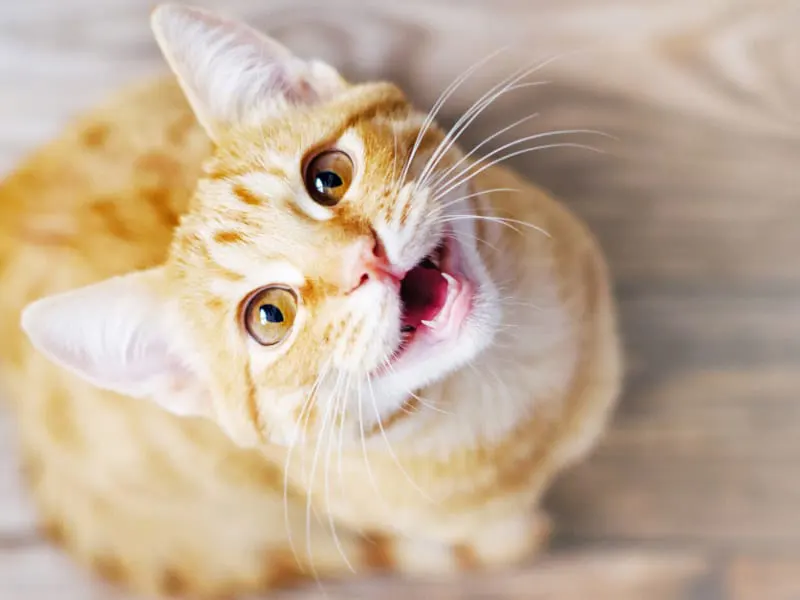
Thanks for the opportunity!
My Cooper cat gets this occassionally – I use metal dishes too
Hi Dana,
You should give this feline facial therapy a try! I think you might find it helpful 🙂
Kristen
who would have known?
Very Informative! Thank you!
Thanks for the info I did not know about cat acme ,
wow i didnt know cats could get acne
What if you use stainless steel already?! My poor baby is 7 years young and this is her first issue with acne. There so bad, her entire chin is bloody and covered in sores. I’ve been cleaning once a day as long as she lets me, it hurts. I also put a little cortisone for soothing but to no avail. I’m about to call the vet tomorrow but I’m troubled trying to figure out why this started, and how it got so bad so quickly. My other cat has no issues.
Hi Courtney,
Gosh that is so heartbreaking! Have you tried the Vetericyn Feline Facial spray? It really works and can help her condition.
I would highly recommend taking her to the vet if her case is severe! The vet can help determine a cause and hopefully get her some relief!
Good luck and keep me posted!
Kristen
My cat Philly had feline acne. We were using a plastic bowl and our vet said to use only stainless steel. Her acne went away after a few weeks. 🙂 Thanks for this post!
Dina,
That’s great that you were able to find some relief! Thanks for reading 🙂
Kristen
My Pumpkin gets acne on his chin I have been using peroxide on a cotton ball on it. But he hats it of course.
Sonya,
You should give this feline facial therapy a try! The applicator makes it really easy to apply to the skin. Your kitty may like it a little better 🙂
Kristen
I never heard the term “feline acne” before. I had a poor Lynx Point Siamese who suffered terribly from allergies to the point of nipping off areas of fur. He passed away a couple of years ago due to other complications.
Carolyn,
I am so sorry for your loss! Skin allergies can be hard to maintain. Thanks for taking the time to share!
Kristen
This is very interesting. I never even knew that feline acne was a thing.
We just added a kitten to our home. And the dog actually loves it. This is great information. Thanks
Awww, cute! Congrats on your newest addition!